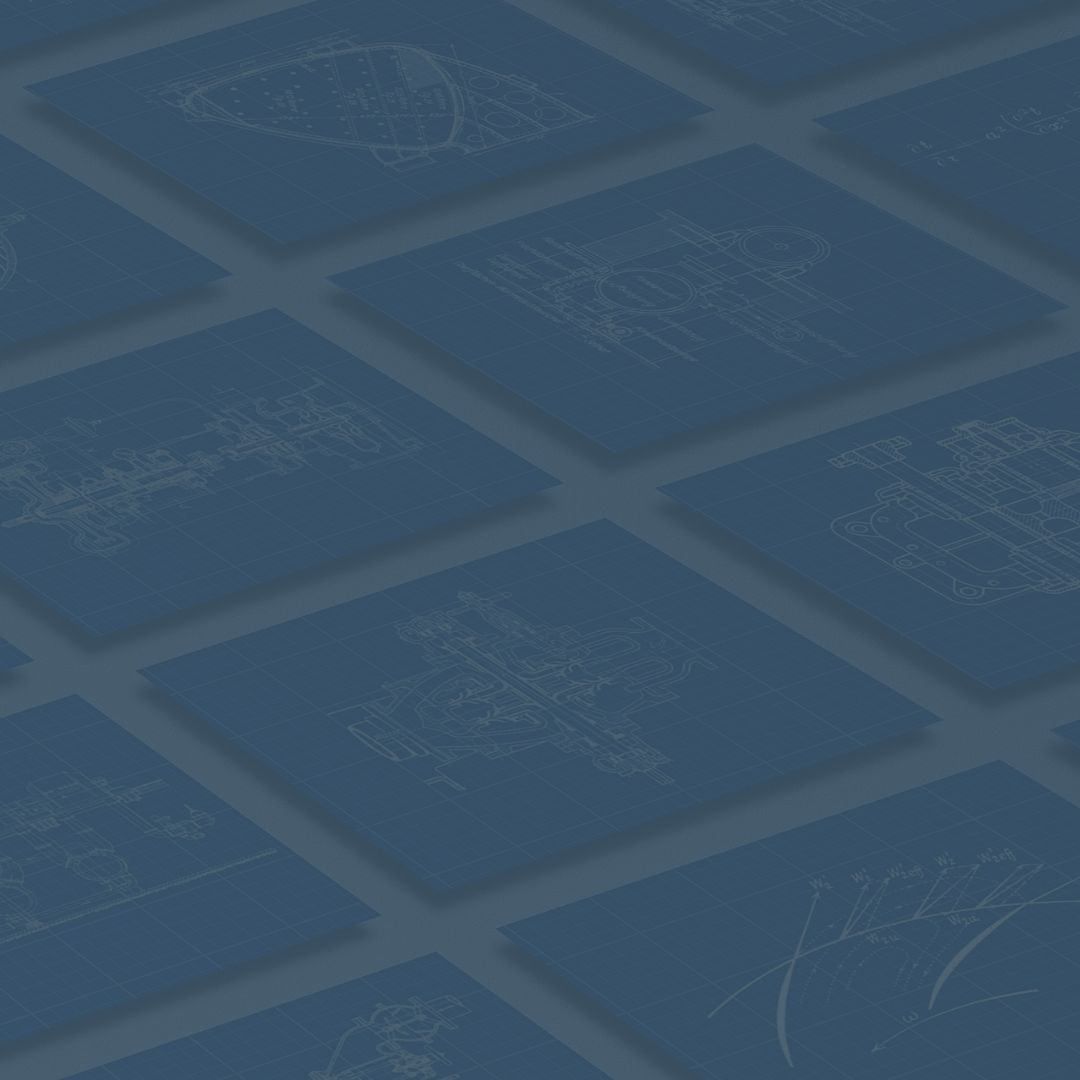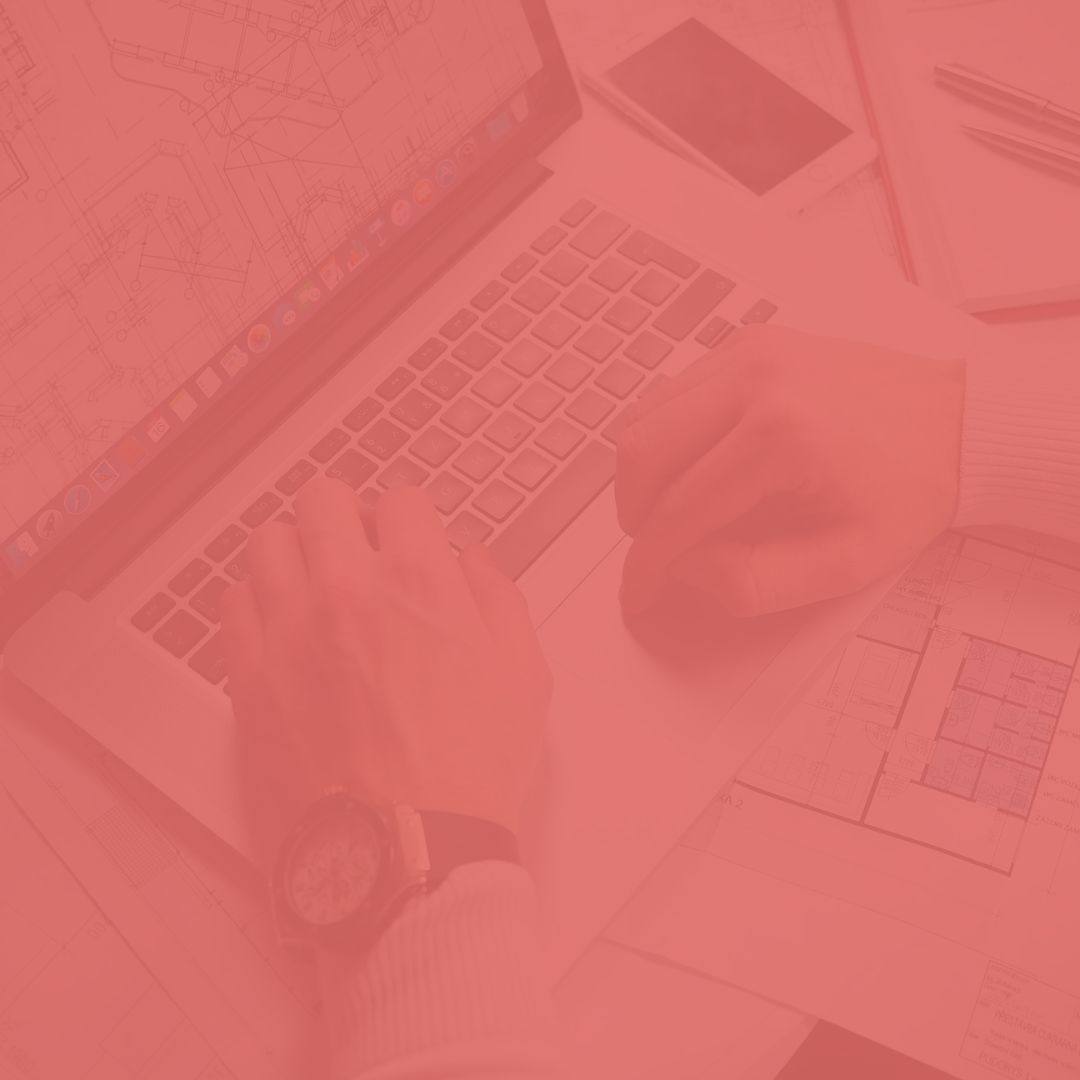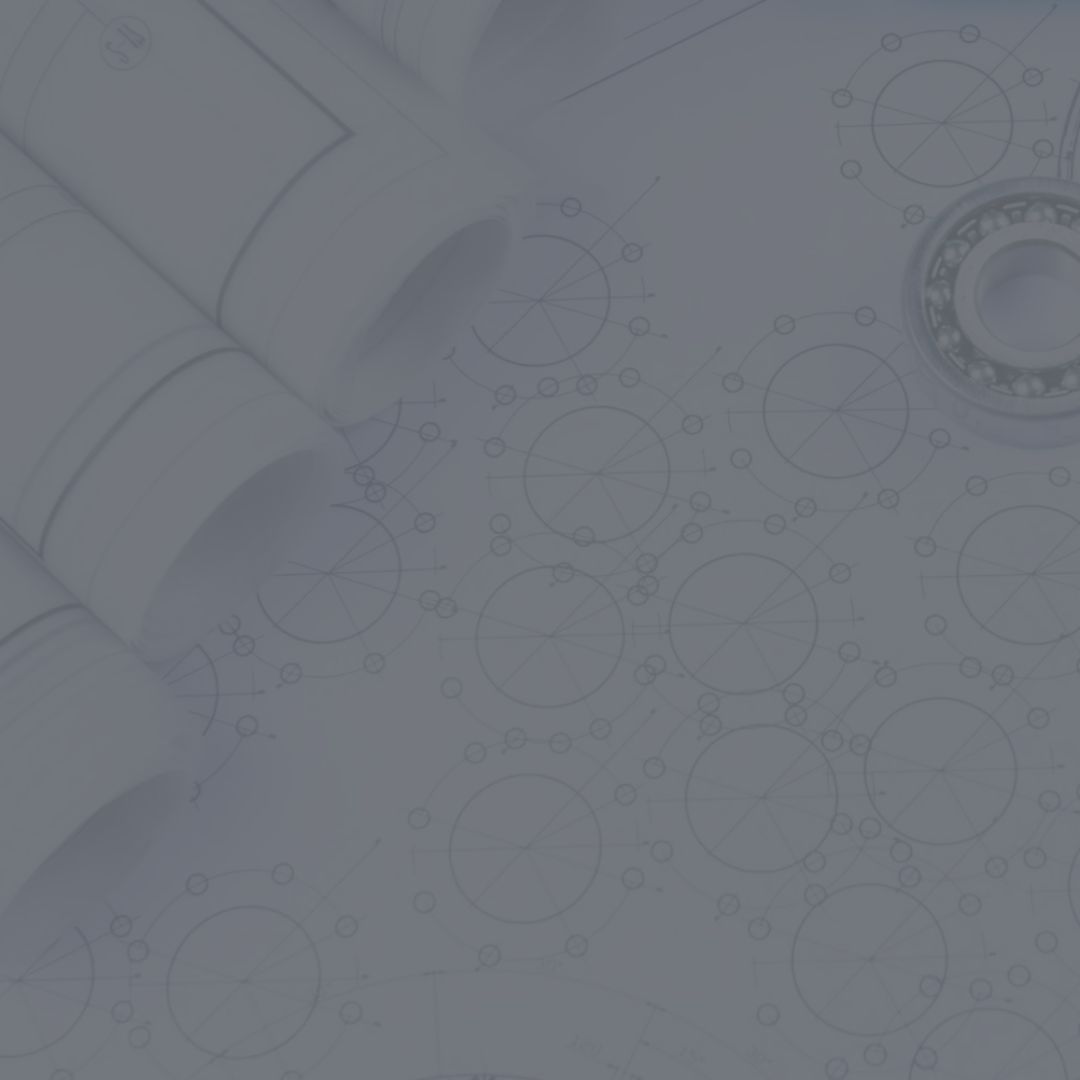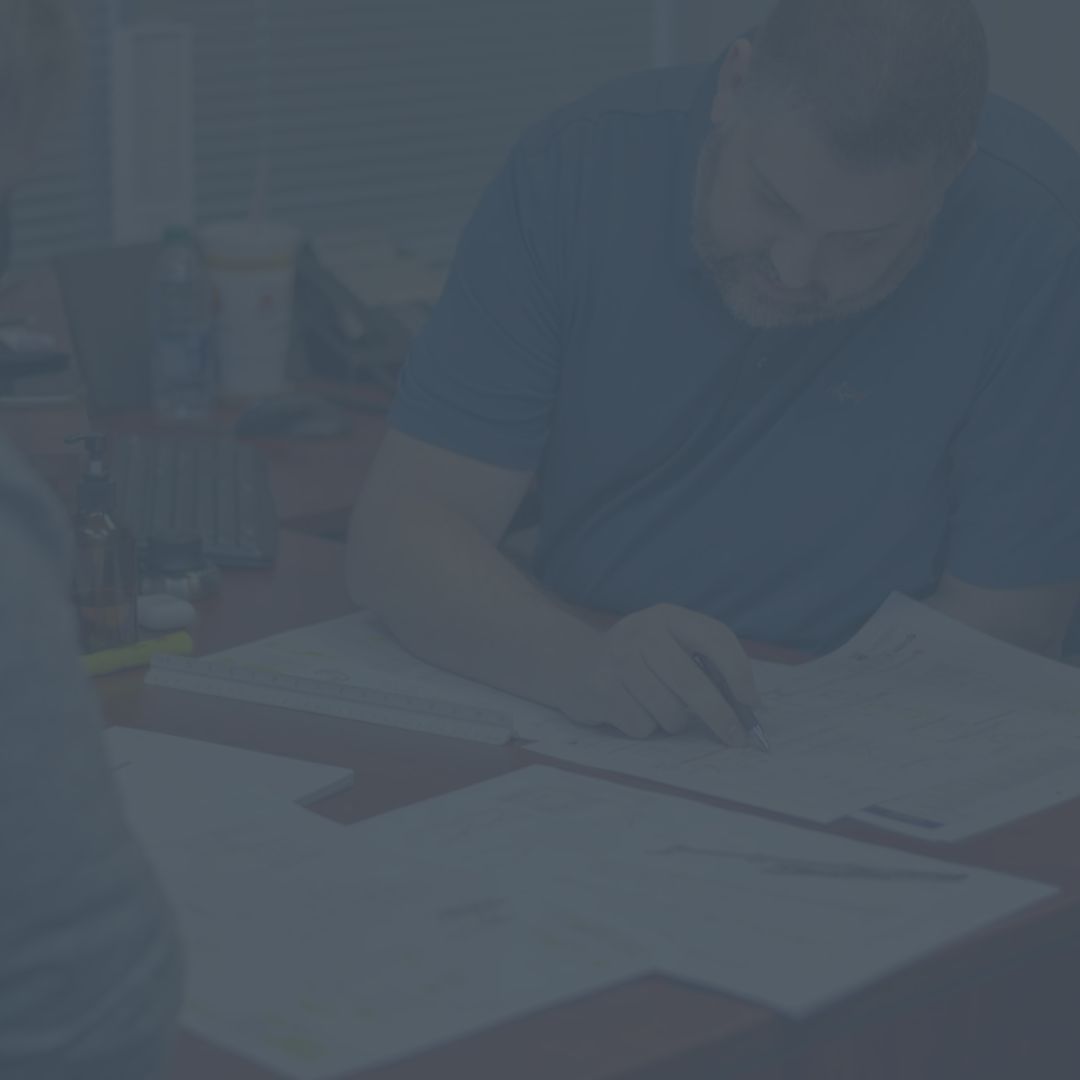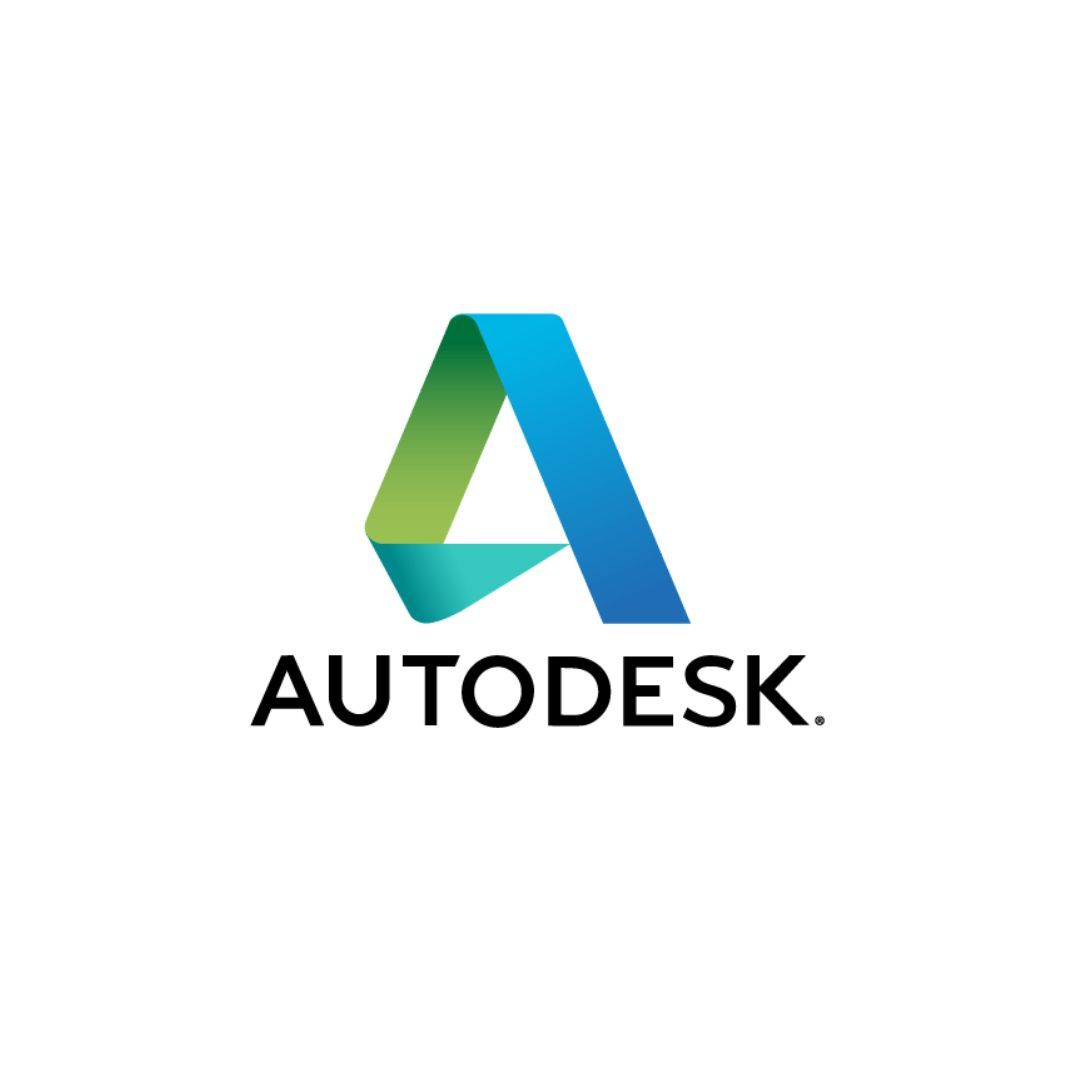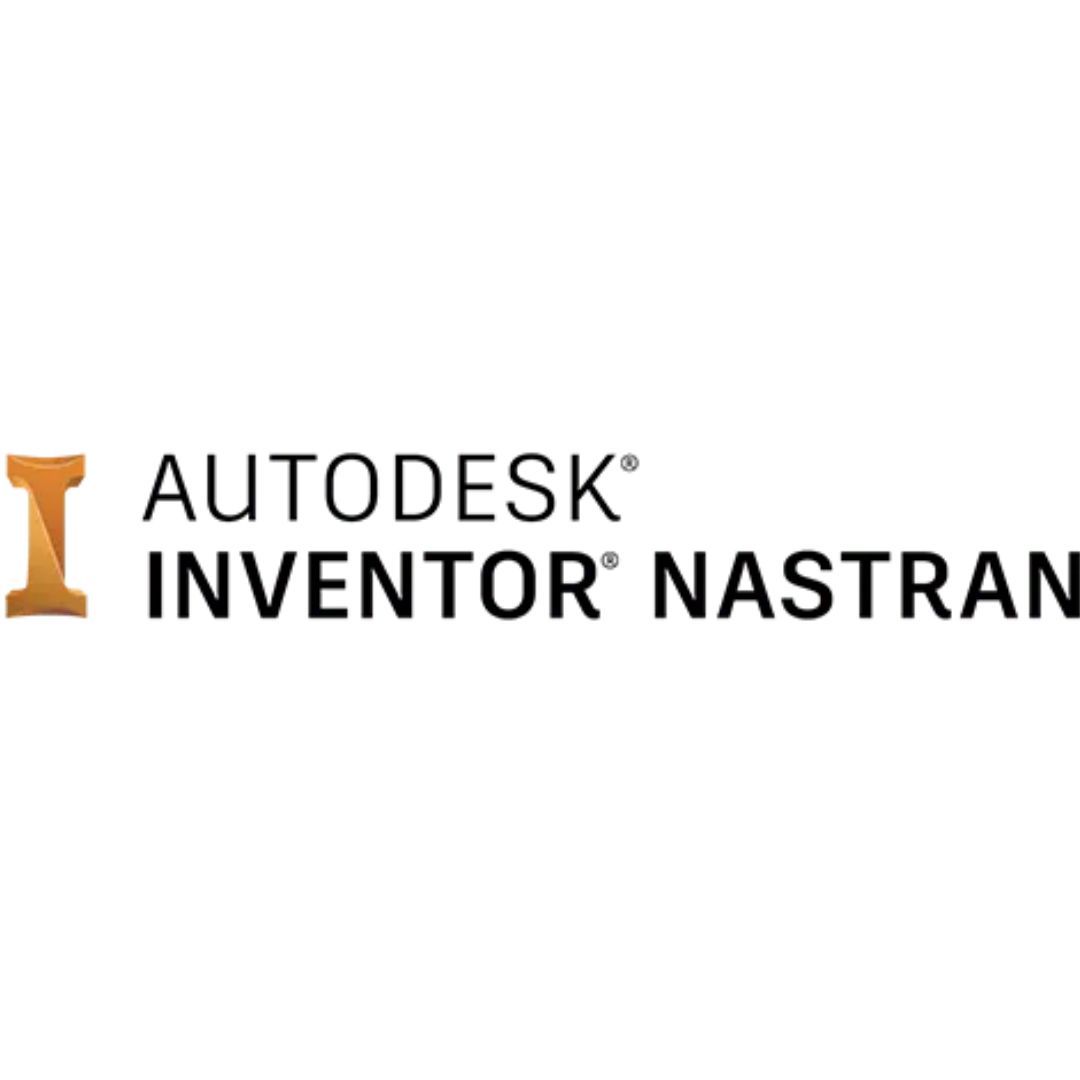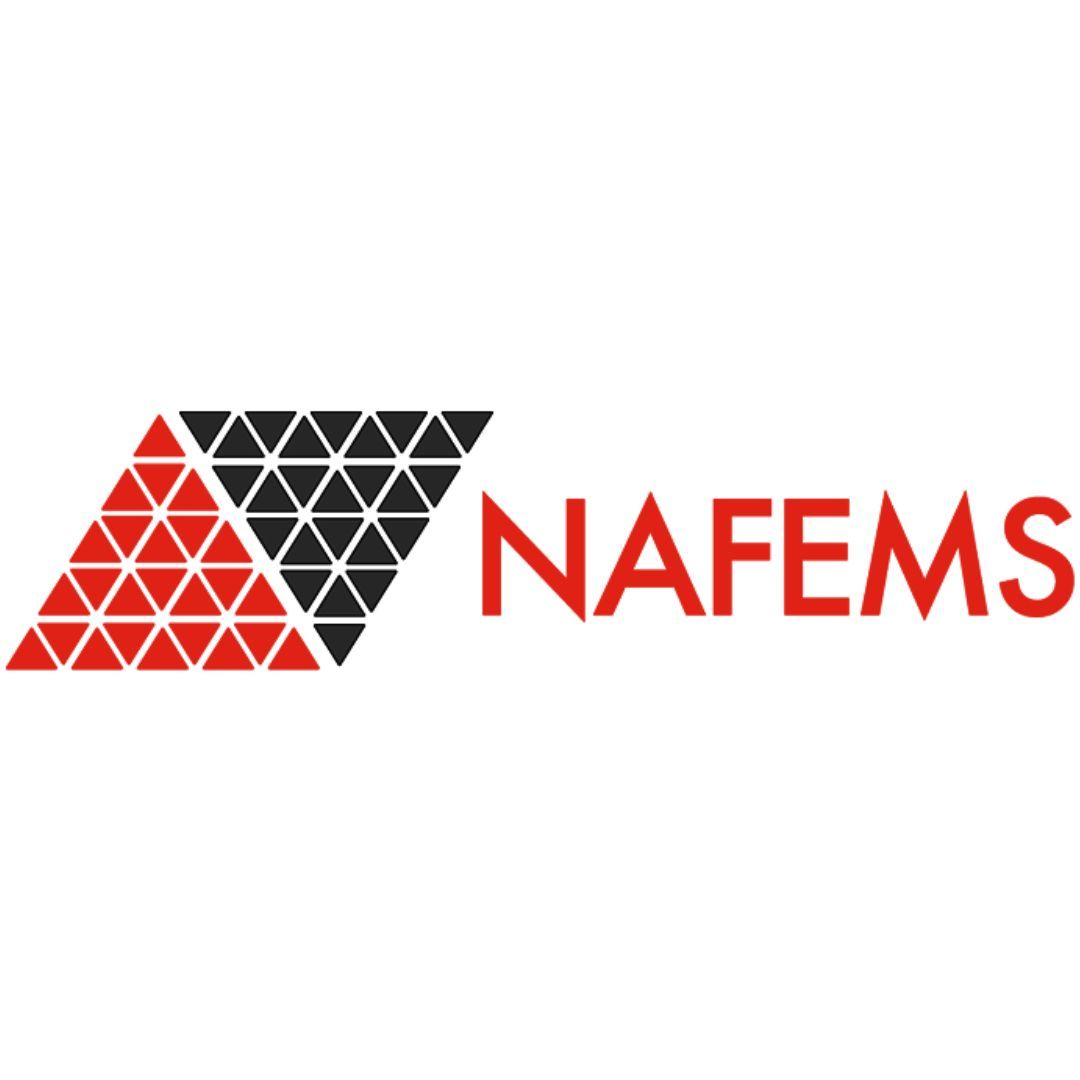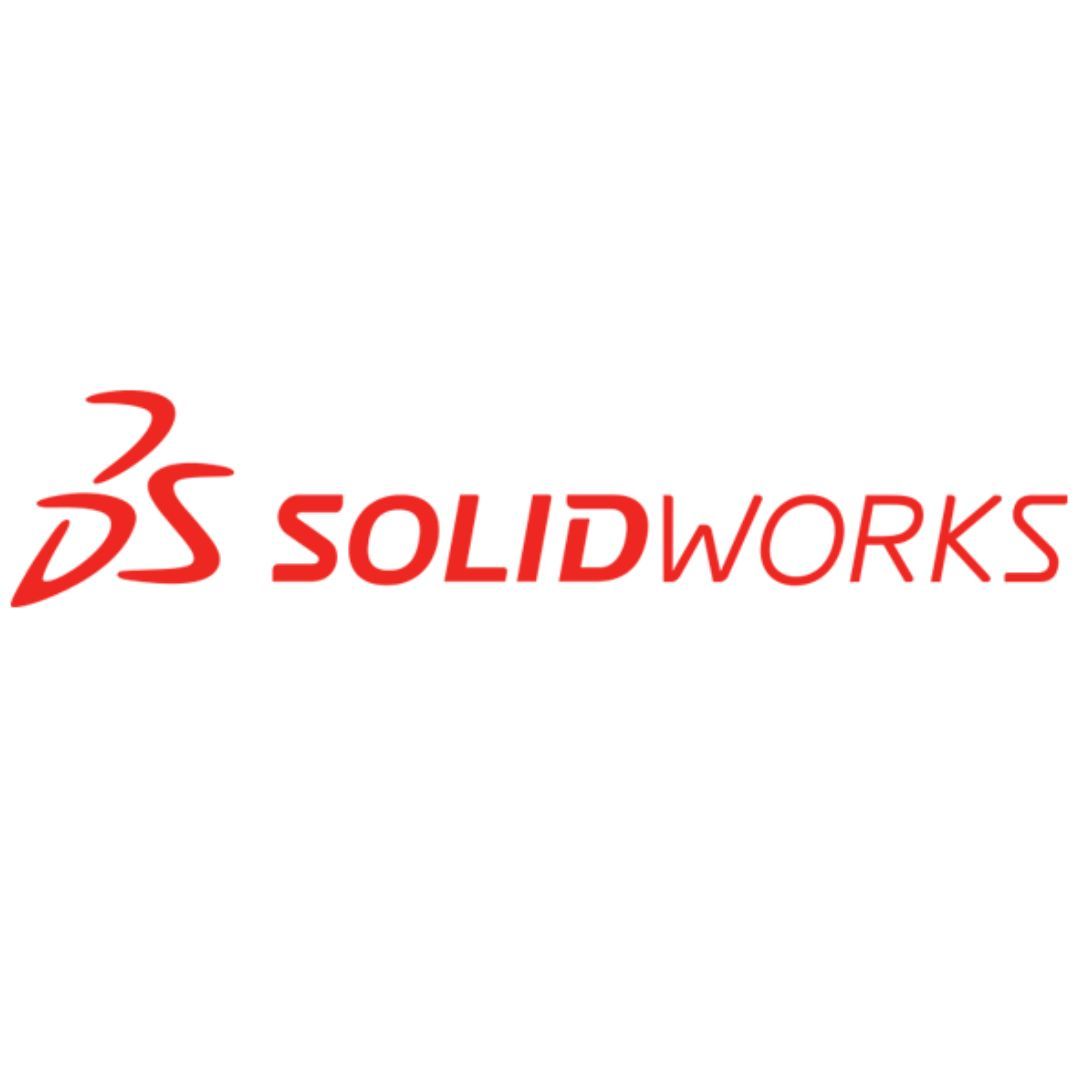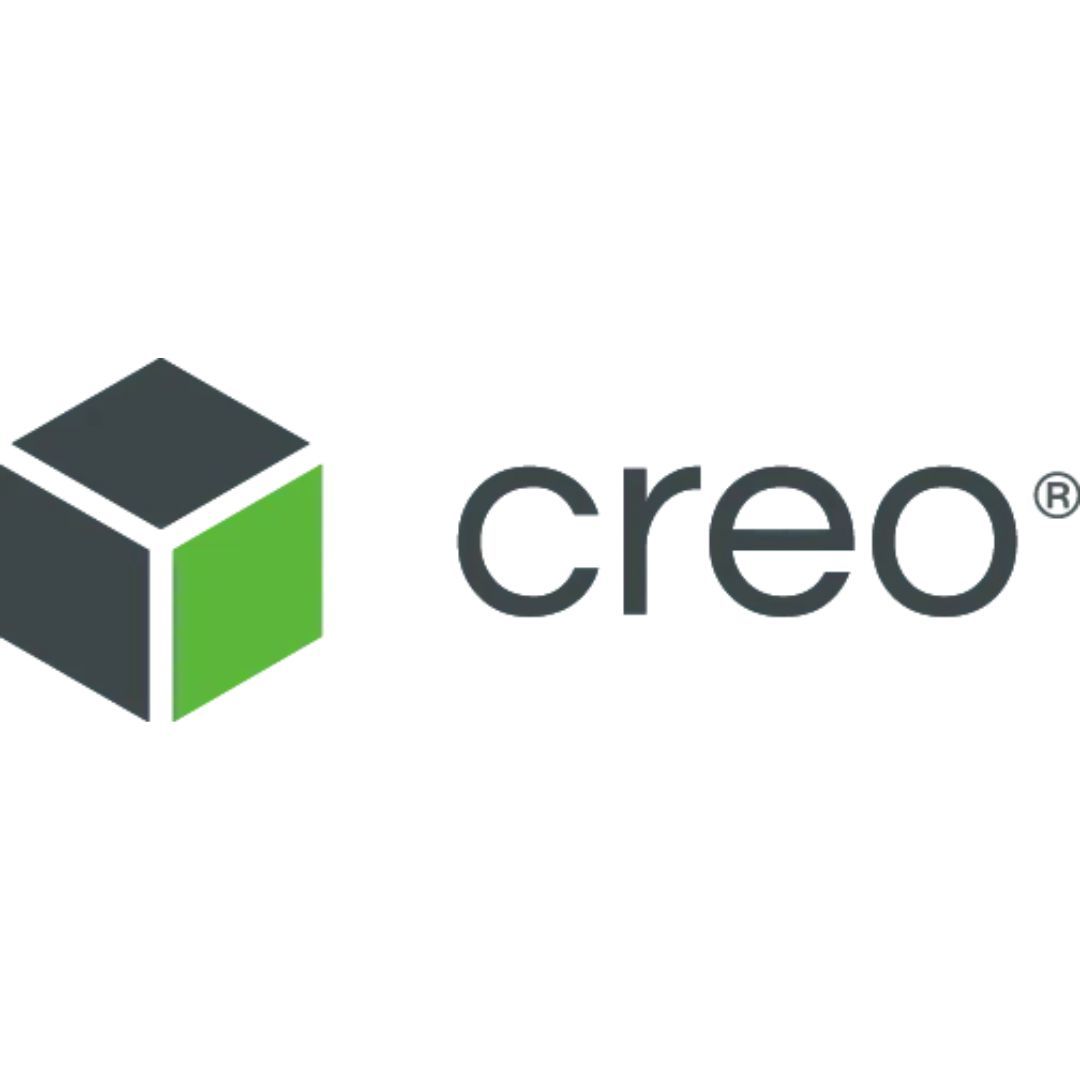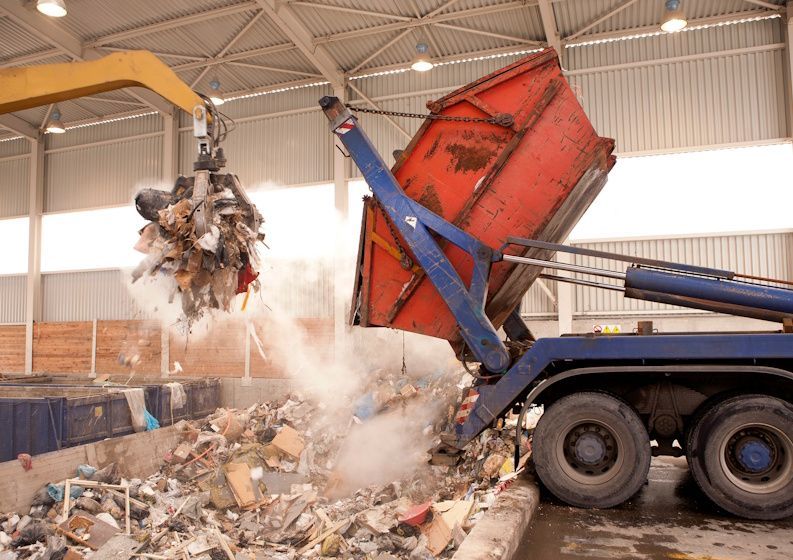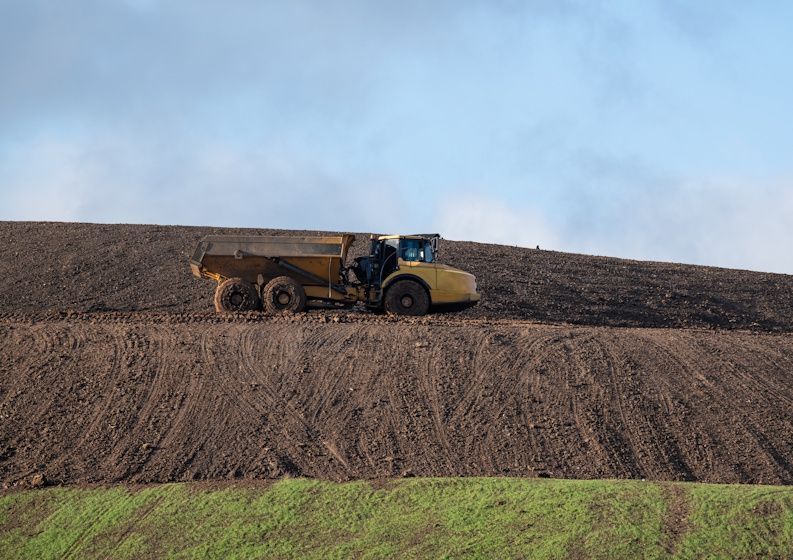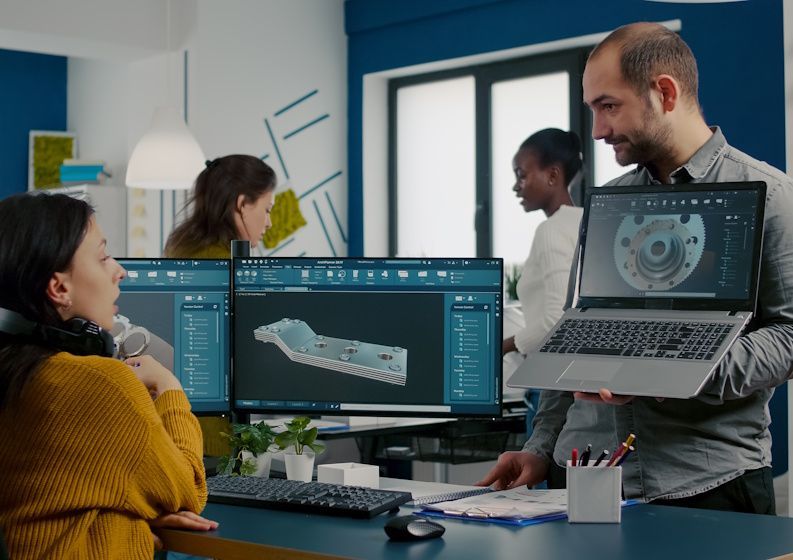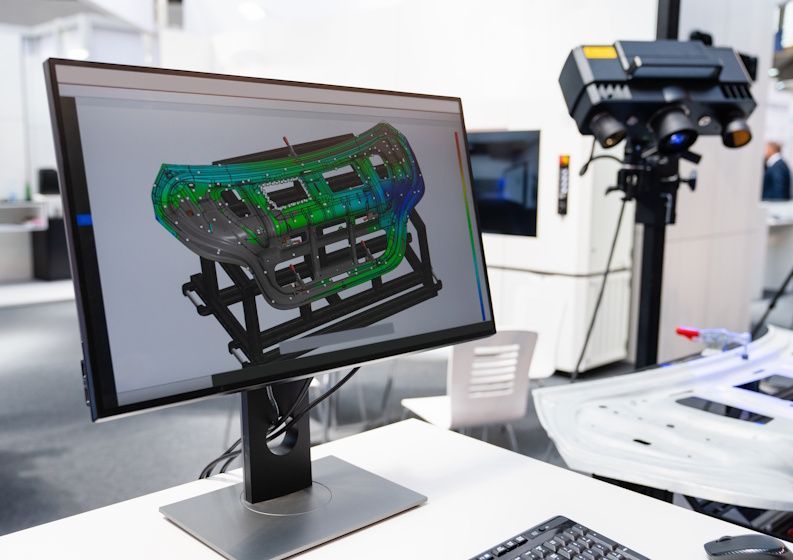7 Key Stages of New Product Development
7 Key Stages of New Product Development
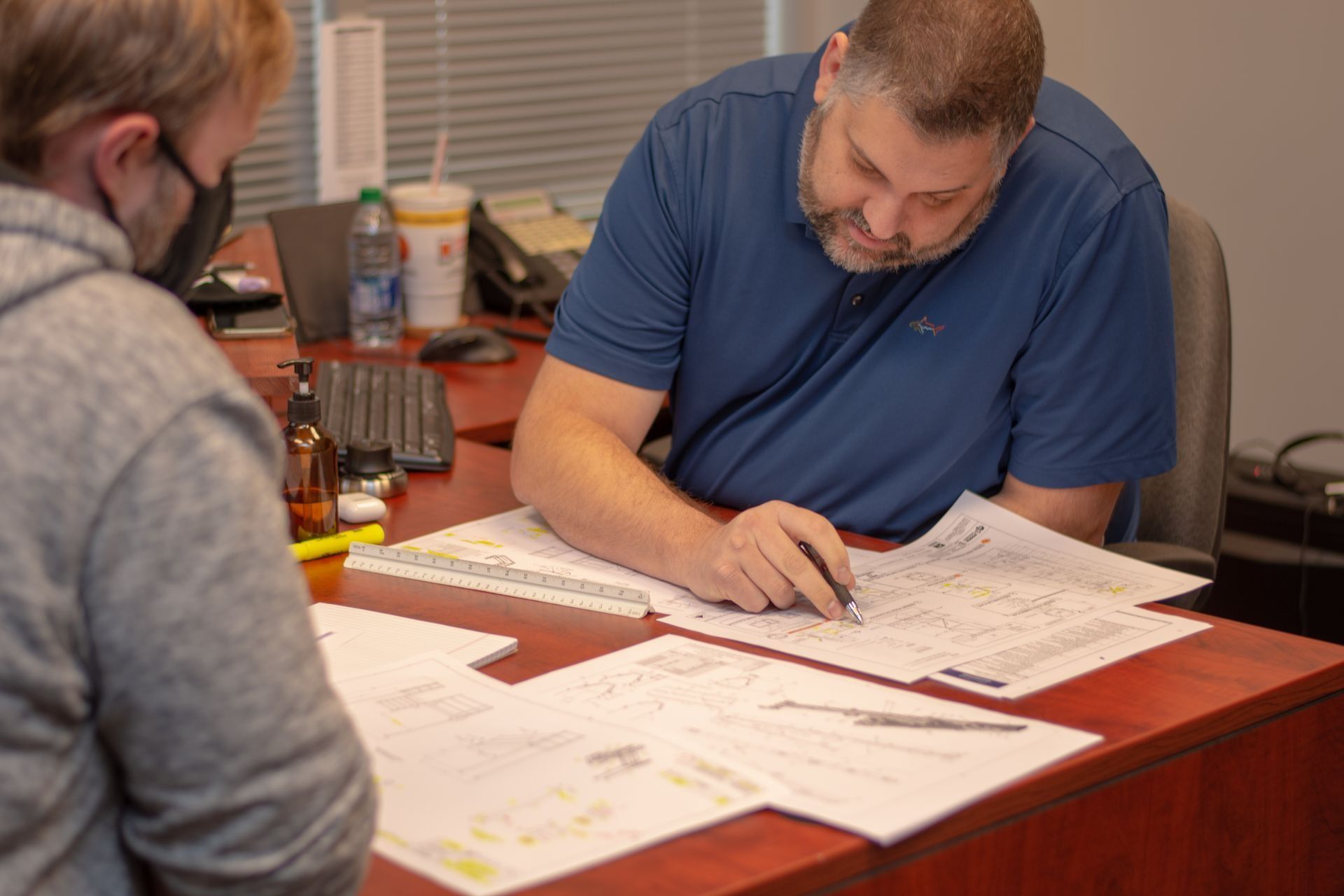
Your product may be the most popular in the market, but your company cannot benefit from a single fixed offering forever. There comes a time when your company has to introduce a new offering to the market. Otherwise, your competitors are ready and willing to bring the revolution you are hesitant about, and you will end up losing customers.
A new product might not be your top priority today, but the need to remodel your market offerings will arise in the future; therefore, early preparation is better and highly recommendable for the inevitable.
This article takes you through the seven crucial stages of new product development.
1. Idea Generation
Whether you want to innovate or improve an existing product, it all starts with idea generation. This stage begins with identifying market gaps or discovering new opportunities to improve current trends.
You can generate ideas based on the consumer's demand, competition, market trends, or internal sources where a company awards the employees who come up with new product ideas.
2. Screening the Idea
After generating ideas, it is time to identify the feasible ones that are cost realistic and maintains technical integrity. An idea varies from poor to excellent. In this stage, the main goal is to discard the poor ideas, which are not in line with the company's objective and whose implementation is a waste of money.
You can outline features, e.g., mechanical specification or an existing innovation that the product may be based on. To convey a possible direction, you may consider adding a few reference photo images or sketches.
3. Concept Development and Testing
This new product development stage involves turning the ideas that pass through the evaluation stage into concepts to test them. A concept is a comprehensive strategy or blueprint form of the idea.
It helps prove the new solution's viability and reflects fundamental benefits such as convenience, functionality, price, usability, quality, and performance.
When the blueprint version is ready, conduct opinion polls among the targeted customers. It helps you to understand their expectations and make improvements.
4. Business Analytics
This stage involves a comprehensive business analysis to ascertain the feasibility of the new product. You want to know the commercial profitability of the product. Besides, it helps to determine whether its demand will be seasonal or regular, the break-even point, and the chances of remaining in the market in the long term.
The product development team has to collaborate with the management and marketing team to define a clear product vision and position the new product on the existing market.
5. Product Engineering
This stage of new product development entails the technical activities of product design and engineering. It involves converting the product concept into a physical product considering the required design, shape, size, color, and weight as defined by the concept.
This step confirms that it is possible to develop a full-fledged workable product from the product idea. First, the engineering department manufactures a prototype of the product on a limited scale. The prototypes undergo stringent quality control procedures to eliminate defects for safety, effectiveness, and efficient performance.
6. Test Marketing
Test marketing involves releasing a new product or its prototypes to a small market to check its acceptability. It is a powerful tool as it informs you of any shortcomings before the full launch of the product. The results you get in this stage may help you improve the product or modify your strategy for the full-fledged launch.
7. Commercialization
After test marketing, it is time to introduce the new product to the target market. In this step, you need to enhance customer awareness, which could be through advertisements and other promotional activities. Besides, set a competitive price considering your cost of production and the market potential.
Lastly, you have to choose the right time to launch your offering. Try to stick to the date you set to launch your new product.
The stages of product development do not essentially end with the launch. It is recommendable to carry out post-launch reviews which help you to improve the market performance.
Final Thoughts
Product development keeps evolving and can be a challenge and resource-intensive for any company. At Finite Engineering, we commit to ensuring you get outstanding results by taking your concept through all critical stages of new product development to successful completion. Contact us today to see how we can help.

